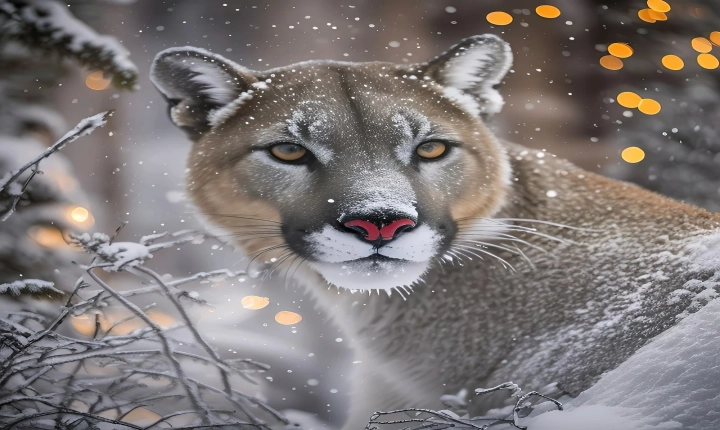Creating AI images is an innovative process that combines the power of artificial intelligence with the creative vision of human designers. AI images are digital artworks or photographs generated or enhanced using artificial intelligence algorithms, and they are becoming increasingly popular in various industries, including marketing, design, and entertainment.
There are several methods for creating AI images, and each approach offers unique advantages and possibilities. One of the most common techniques is the use of Generative Adversarial Networks (GANs), which are neural networks composed of two main parts – a generator and a discriminator. The generator creates images from random noise, while the discriminator evaluates the authenticity of these images. Through an iterative process of competition and collaboration, GANs can produce incredibly realistic and visually striking images that resemble natural photographs.
Another popular method for creating AI images is through the use of Style Transfer algorithms, which enable the transformation of ordinary photographs into artistic renditions inspired by famous paintings or artistic styles. By leveraging deep learning techniques, these algorithms can apply the visual characteristics of one image onto another, yielding stunning and imaginative results.
In addition to generating new images, AI can also be used to enhance existing photographs through techniques like image super-resolution, denoising, colorization, and object removal. These advancements enable designers and photographers to improve the quality and visual appeal of their work with greater speed and efficiency.
To create AI images, designers and developers typically use specialized software or programming libraries that provide access to pre-trained AI models and algorithms. These tools empower users to experiment with different parameters, adjust input data, and fine-tune the output to achieve the desired aesthetic effects.
The applications of AI images are vast and diverse. In the design and marketing industries, AI-generated visuals can be utilized to create captivating graphics, animations, and visual effects for branding, advertising, and digital media. In the entertainment sector, AI images are employed to produce lifelike characters, virtual environments, and special effects for video games and movie production. Additionally, AI images are leveraged in scientific research for data visualization, medical imaging, and astronomical simulations.
As AI technology continues to advance, the possibilities for creating AI images will expand, empowering artists, designers, and creators with new tools and techniques for expression and experimentation. However, it is essential to strike a balance between the creative potential of AI and the ethical considerations surrounding the use of AI-generated content, such as copyright and authenticity.
In conclusion, the creation of AI images represents a convergence of artistry and technology, where the human imagination intersects with the computational capabilities of artificial intelligence. By harnessing the power of AI, designers and creators can unlock new dimensions of visual expression and storytelling, shaping the future of digital imagery in unprecedented ways.
